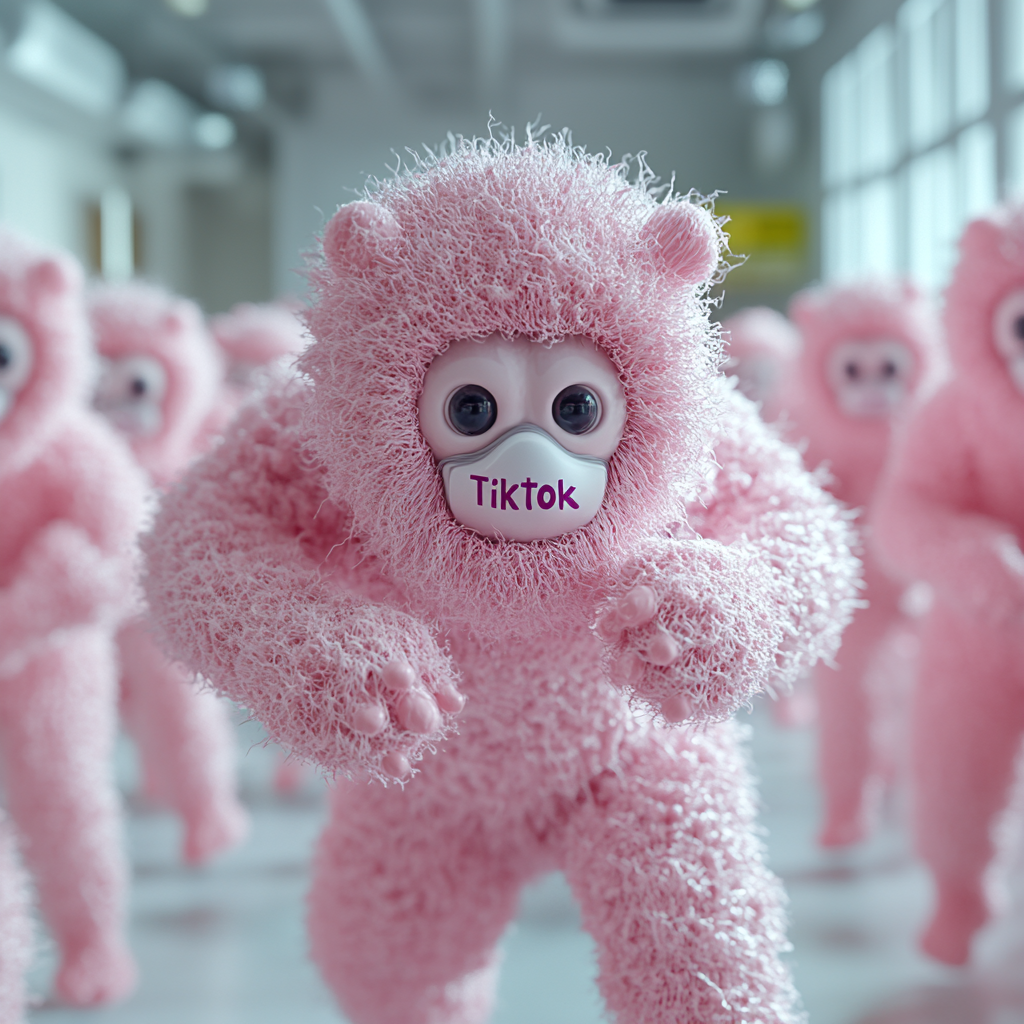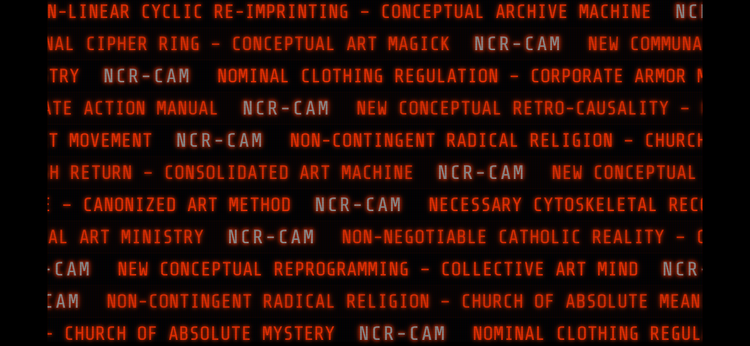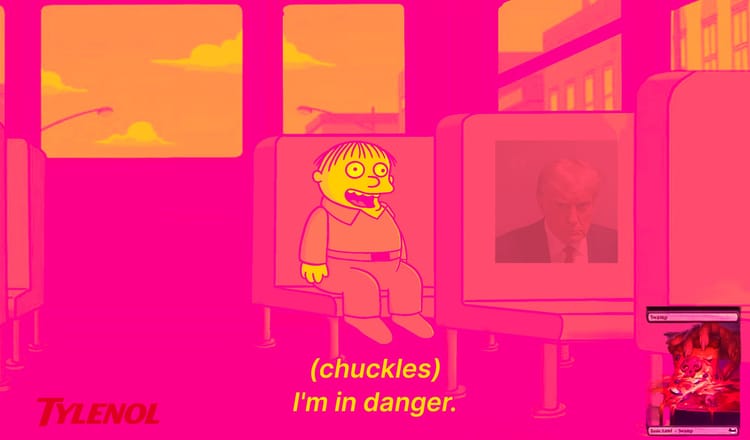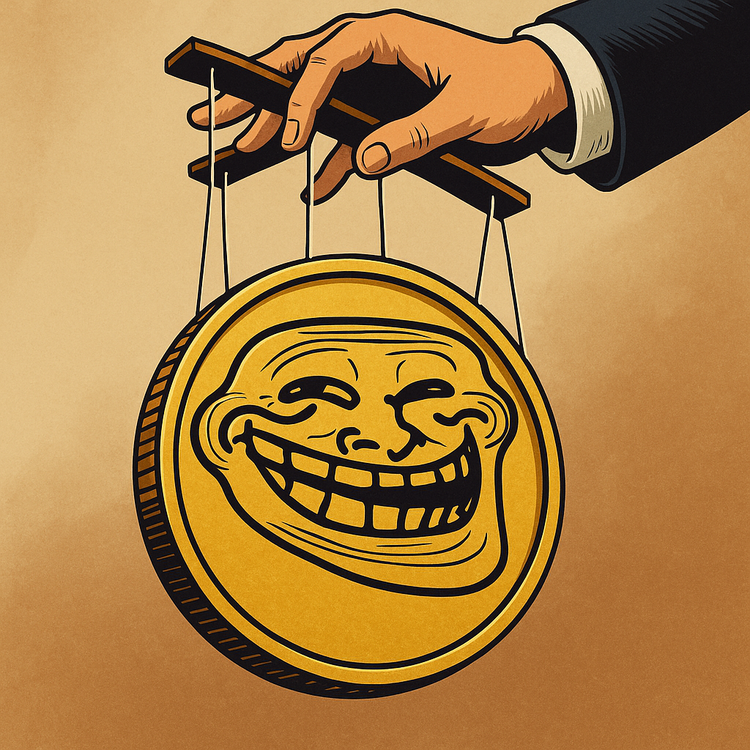The about 24-Hour TikTok Apocalypse: A Tale of Panic, RedNote, and the Return to Scrolling

When TikTok blinked out of existence in the United States for less than a day, chaos reigned. For around 24 hours, TikTok creators—those wizards of the algorithm—wandered the digital wasteland, searching for purpose and a platform to call home. Influencers paced their bedrooms like caged animals. Fans aimlessly scrolled their phones, only to be met with the haunting silence of the “app unavailable” screen.
In the vacuum left by TikTok, a scrappy pretender appeared: RedNote. The obscure Chinese app promised a lifeboat for the displaced creators, an alternative to the trending wasteland TikTok had left behind. Within hours, RedNote surged to the top of app store downloads, and users flocked to its clunky interface, hoping to replicate their 15 seconds of fame.
It was a disaster.
The app felt like TikTok’s awkward cousin, with jittery uploads, strange trends, and a user experience that seemed cobbled together with duct tape. Filters were grainy, and the For You page served up random content with no rhyme or reason—an ASMR hairbrush tutorial followed by someone angrily assembling IKEA furniture. Some influencers posted earnest videos announcing their “new home” on RedNote, only for their comments to be flooded with users asking, “What even is this?”
By evening, RedNote’s servers were overwhelmed, crashing under the weight of its momentary notoriety. Creators fled the app just as quickly as they had arrived, leaving behind half-baked videos and a trail of bewildered users. The great RedNote migration became little more than a punchline—proof that, for all its flaws, TikTok had no true substitute.
TikTok’s Swift Resurrection
Less than 24 hours after TikTok’s disappearance, the app roared back online with a triumphant announcement: “We’ve been granted 90 days to find a solution. Thank you for your patience!” Behind the scenes, its parent company scrambled to appease Washington, restructuring its U.S. operations and vowing new levels of transparency. Donald Trump, never one to miss a dramatic moment, declared, “Let’s see if TikTok can earn their stay. I’m giving them a chance.”
For creators and fans, the return of TikTok felt like a hero’s homecoming. Notifications lit up their phones, the “For You” page buzzed back to life, and all was right in the world again. RedNote, meanwhile, faded as quickly as it had risen, returning to obscurity with nothing but memes to remember it by.
A Lesson in Fragility and Resilience
Though TikTok’s ban was fleeting, it left an impression. For a day, creators were forced to imagine a world without their beloved app—a world where trends, followers, and even livelihoods could vanish with the swipe of a pen.
John Steinbeck once wrote, “To be alive at all is to have scars.” And while this was a small scar—a scratch, really—it was a reminder of the fragility of building an empire on someone else’s platform. The sudden migration to RedNote, followed by its comedic implosion, drove home an important point: the tools might change, but the need to create endures.
Authenticity and New Frontiers
As TikTok returned, creators danced, lip-synced, and joked about the day of darkness. But beneath the humor was a deeper realization. The 24-hour exile had forced many to think about their craft in new ways. What would happen if TikTok disappeared for real? What if they had to create not for algorithms, but for themselves?
TikTok may have returned, but its temporary absence left a lasting impression. It proved that creators, even in the face of uncertainty, would continue to innovate, adapt, and—yes—migrate to hilariously bad apps if necessary. The brief flirtation with RedNote became a funny footnote in internet history, but the lesson was clear: platforms come and go, but creativity endures.
And so, as TikTok resumed its reign, its creators carried with them a quiet resilience—and perhaps a screenshot or two of their ill-fated RedNote experiments, because some mistakes are just too funny to forget.






Member discussion